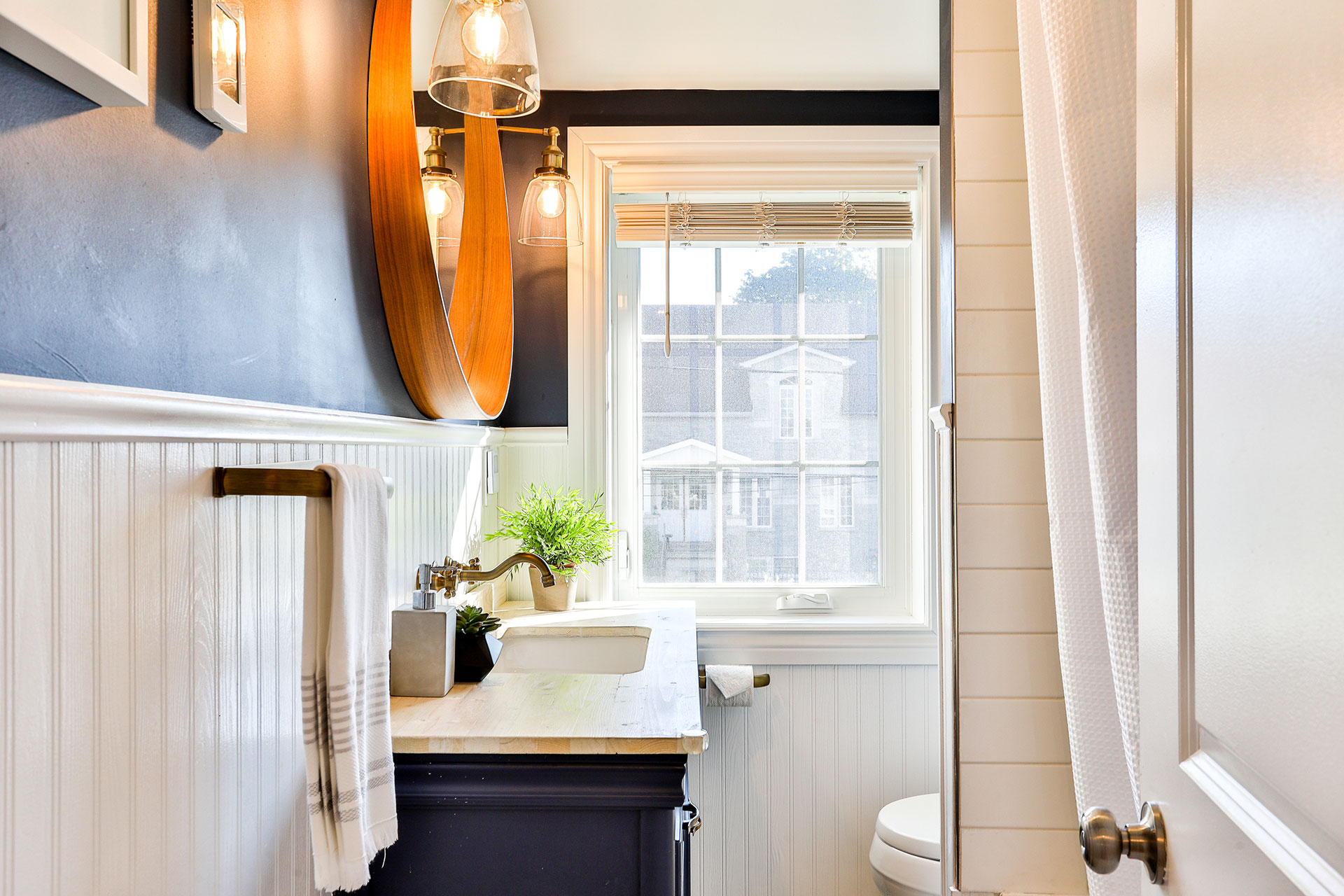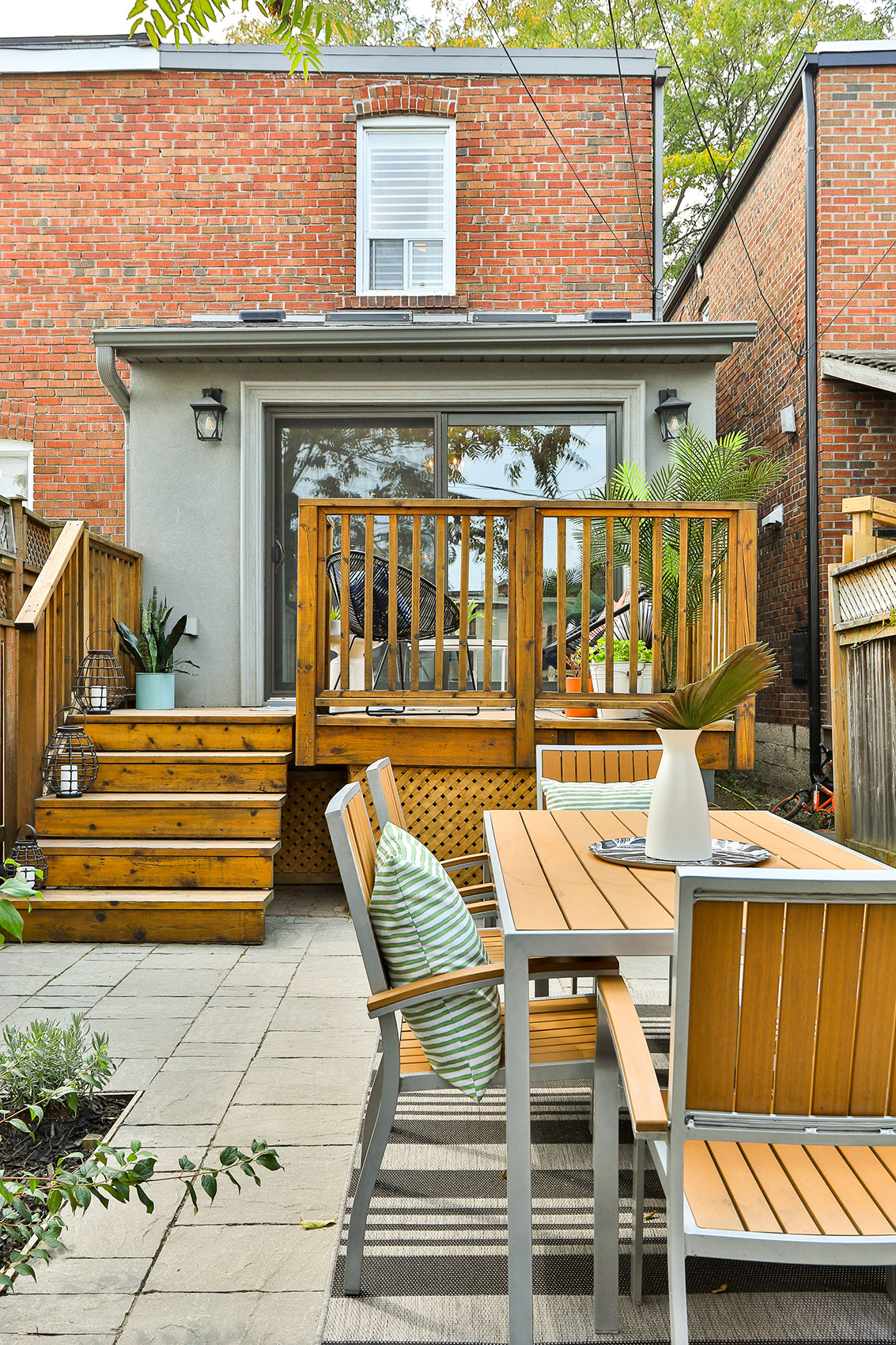Has The Toronto Bubble Finally, Popped?

Our team represents buyers with many different interests when it comes to real estate. We help first-time buyers, mover-uppers, downsizers, investors, and everything in between. Now, with clients looking for a property to rebuild, there are many considerations that factor in. In particular, for those buying a fixer-upper and renovating with additions, there are two questions we ask:
More specifically, it is important to know what you want to do and what it is you can do. Every city has its own set of rules regarding density and lot coverage for a variety of reasons.


For buyers wanting to add to or build a bigger home on a lot, there are a number of considerations and regulations to keep in mind. If I am representing this type of buyer, I want them to know as much as possible before they offer and potentially buy. Luckily, I have an expert friend and past client, Steve Lindy of Lindy Architects. He’s sharing his expertise with a Q&A on common need-to-knows on the subject of rebuilding and renovating with additions.
Q: Steven, what is the amount of land on a lot that can be of use, or ‘coverage’ for the footprint of a home?
A: Each area in the City of Toronto has varying allowable density or coverage restrictions. This is based on the existing zoning by-laws. You can research the allowable density or coverage by looking at the City of Toronto zoning by-laws or the municipality where you are looking at houses. For the majority, there are two by-laws in effect, the ‘old’ and the ‘new’. For the ‘new’:
Q: What are common definitions for renovators and rebuilders?
A: Simplifying the definitions, ‘density’ is the areas of ground, second and third floors as applicable divided by the lot area. Usually basements and garages are excluded from this area calculation. The combined square footage of the added areas are called “GFA” which stands for Gross Floor Area. This is the sum of the total area of each floor level of a building, above and below the ground, measured from the exterior of the main wall of each floor level.
The allowable density on the map is often shown in a decimal format. Numbers such as 0.35, 0.45, .06 etc., are the most common.
Example 1: Your lot is 30′ x 100′, therefore lot area is 3,000 sqft. If the density is 0.45, then the resulting square footage permissible above grade is 1,350 sqft. And, if the allowable density in that area is higher, say 0.6, then the permissible area equals 1,800 sqft.
Example 2: Your lot is 35′ x 130′, therefore lot area is 4,550 sqft. If the density is 0.45 then the resulting square footage permissible above grade is 2,017 sqft. And if the allowable density in that area is higher, say 0.6, then the allowed area would be 2,730 sqft.
You can easily see how lot area and density help achieve higher useable floor areas. In fact, it becomes obvious on larger lots with higher allowable density, where you are able to build a larger house. The main difference with coverage is that it uses only the footprint of the building usually including garages rather than all of the floors added together.
Q: What do I do if I want to cover more than the limit?
A: First, draw up the proposed plan and ask for a zoning review. If it doesn’t comply to the by-laws then you need to apply to the Committee of Adjustment (COA). If the application is deemed reasonable and there is precedence, the COA will often approve. The COA approvals process tacks on months of waiting time until your hearing, plus costs. In addition, it is also a public process where neighbours are informed of the proposal.
Q: Are there materials that are part of the coverage when doing landscaping, such as asphalt or concrete?
A: Coverage is defined as the portion of the lot that is covered by any part of a building or structure on or above the surface of the lot. Landscaping requirements are separate and again vary area to area. The landscaping requirements may impact the rear or the front. Specifically, hard and soft landscaping requirements also differ neighbourhood to neighbourhood and block to block.
(Editor’s note: we will speak with a Landscape Architect about this subject in a future post!)
Q: Are there things I can do to offset the coverage or density like a green roof or (wink wink) bribe my inspector?
A: Sorry, there are no shortcuts. Speaking from experience, everyone is very straight at the City of Toronto. This is the same throughout the province in the planning departments. No one is willing to put their career on the line for a quick buck. If someone says he has a ‘friend’ at the City, it won’t help save time, no matter what they claim. We are always courteous and professional and that gets the best results. The process is the process. Having good clear documents, understanding the process and not getting too “greedy” is the way to go. Knowing how to stick handle through the system, the expected timeframes, and having complete documents will help move the process along smoothly.
The City of Toronto promotes green roofs for very large buildings such as industrial buildings, commercial buildings or condominiums. However, they don’t really apply to houses for any incentive programs. If you want to do a green roof, knock yourself out, but it would be for your own personal preferences. Several clients of ours have built a roof above their roof to put planters on top of the garage roof or to strengthen the structure enough and waterproof for a full planting bed. This is more of a personal preference than helping you get points for zoning.
Keep in mind, for the most part, basements do not count as density. That is one of the best bonuses out there. Often people ask if they should build a basement rather than a crawl space and 9 times out of 10 it makes more sense to build the basement.
Q: Is there anything else to know with regards to renovating with additions, to ensure I buy the right place the first time?
A: Do your research and interview architects or planners who are familiar with the planning process. There are so many by-laws and regulations, it not something that can be learned in a two-minute tutorial.
The best route is to hire an architect (or qualified designer or planner) to research the ‘as of right’ potential of the property. Then, prepare the drawings of what you want to achieve, and apply to the city for a zoning review. This way, you will know for certain what complies and what may require adjustment and if you have the time, money, and inclination to obtain variances.
Moreover, the Toronto Region Conservation Authority (TRCA), is helpful to determine if the property is subject to TRCA regulations. TRCA can severely limit the ability to do additions to existing houses or building new larger houses. So, as I said before, do your research and consult with the experts to avoid costly mistakes.
Thank you Steven.
Helping our buyers with as much information and education on the real estate market and property ownership is what we do. I hope these questions and answers help you feel more comfortable moving forward with your plans. If you are not working with an agent and would like to talk more about finding a property to rebuild or renovate in the Toronto area, give us a call: we’ve got your city wide ‘coverage’.
—
This article is written by Fox Marin Sales Representative, Ian Busher. With an extensive background in carpentry and contracting, Ian is our resident “Renovations Expert”! He takes pride in his ability to assess the quality and condition of a house. This, in tandem with his talent for speaking to the feasibility and cost of potential renovations, and his eye for the aesthetic details of a property, makes him a powerful partner for anyone looking to buy a home in the Toronto real estate market.